The Mission to Save Our Bornean Sun Bears
On the Visit Malaysia 2026 logo two sun bears. Wira and Manja, as they are called, stand proud as the official icon— a long-overdue spotlight on a native species.
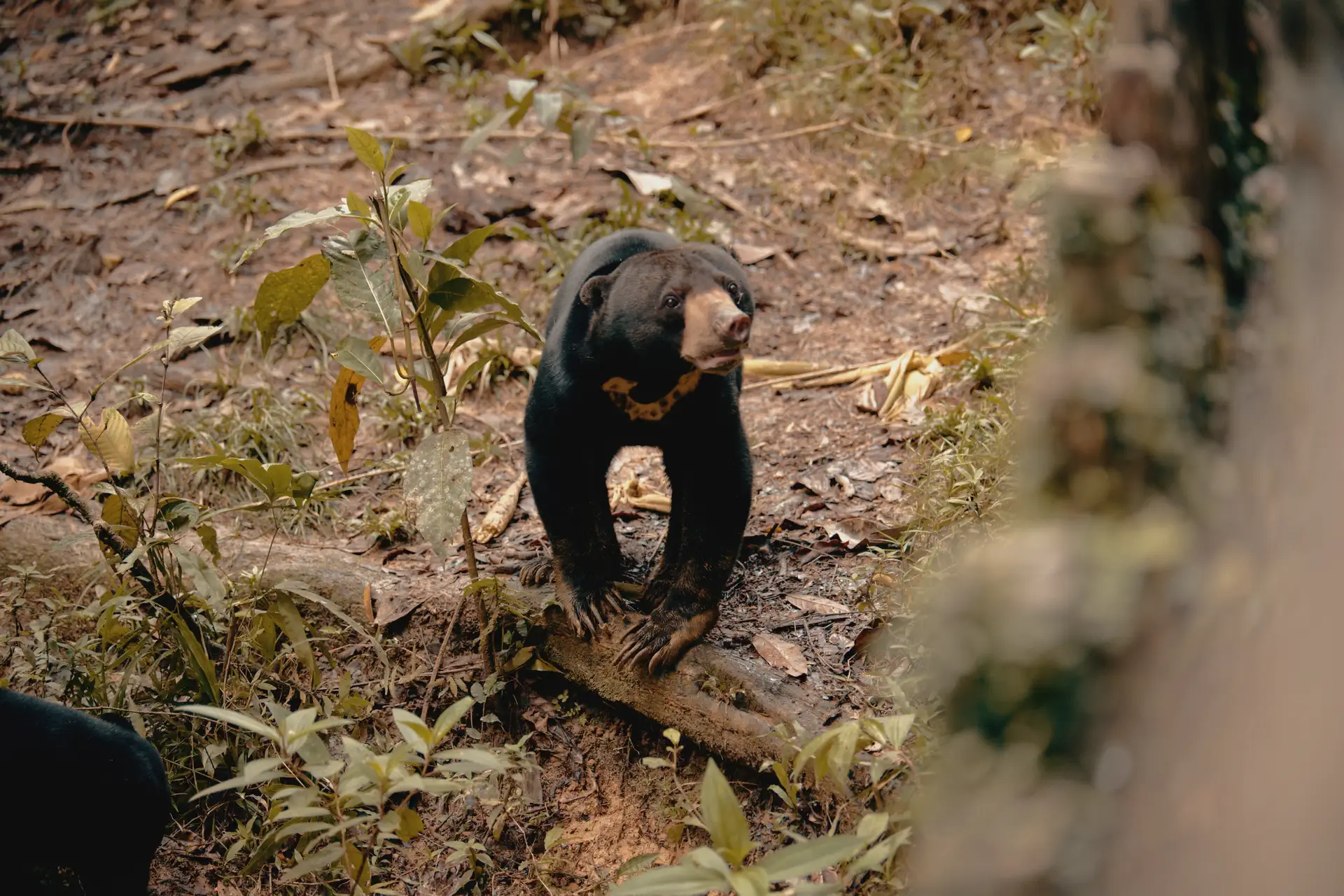
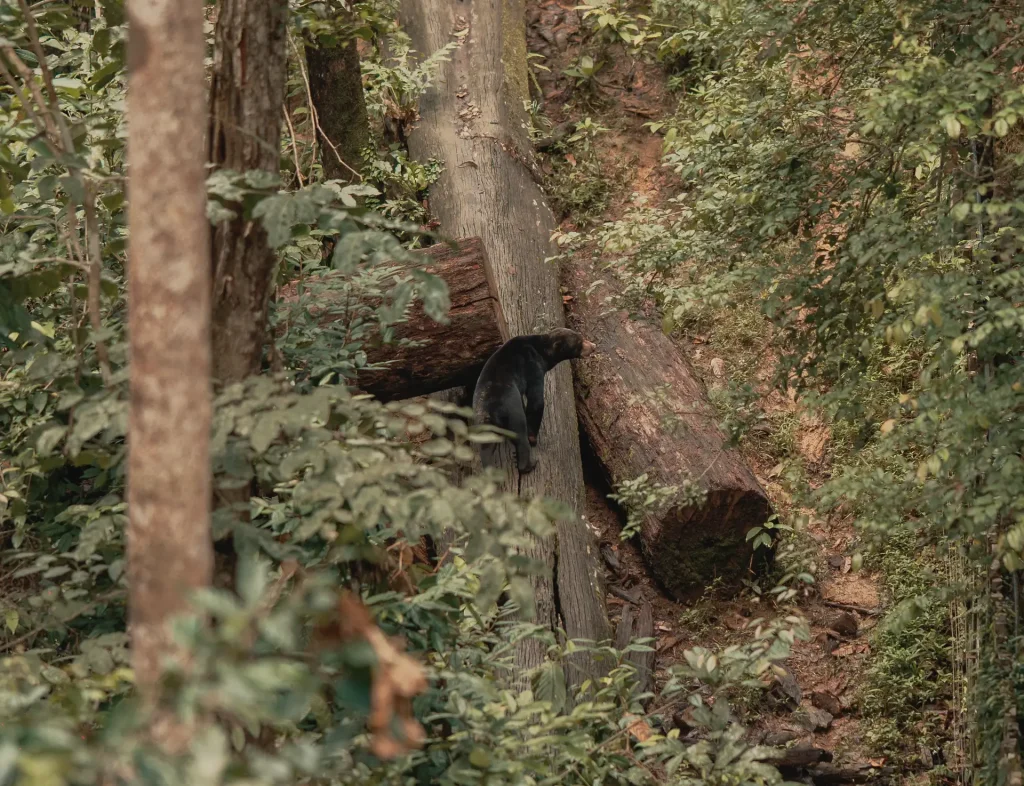
For far too long, the plight of this world’s smallest bear — solitary and arboreal by nature — has largely remained a conservation lacuna. There has been little research in this area and efforts to protect them have been lacking.
Legislation-wise, efforts to protect the species include the classification of sun bears or Helarctos malayanus as “Totally Protected” under the Wildlife Conservation Act 2010. Internationally, sun bears appear on Appendix I — the highest category for endangered species — of the Convention on International Trade in Endangered Species of Wild Fauna and Flora, and are also deemed “Vulnerable” on the International Union for Conservation of Nature’s Red List.
With a long tongue built for honey and termite nests, and a unique chest mark as distinctive as a fingerprint, the sun bear has roamed Southeast Asia’s tropical rainforests for millennia. But in recent decades, their numbers have plummeted — hunted, caged, displaced and killed.
At the Heart of the Work
Moved by a strong urge to fill the gap between policy and reality, a wildlife biologist and tropical forest ecologist Dr. Wong Siew Te founded the Bornean Sun Bear Conservation Centre (BSBCC) in 2008 — the first and only facility of its kind in the country.
Situated in the Sepilok Forest Reserve, its work involves rescuing, rehabilitating and — where possible — releasing sun bears back into the wild. Over the last 17 years, 70 bears have come through its doors.
In the past three decades, the sun bear population has reduced by an alarming 35%, Dr. Wong says. The cause: human activity with utter disregard to nature — adult bears killed for bushmeat or traditional medicine, cubs sold as pets, and entire habitats cleared for development.
Bear bile is highly sought after as traditional medicine, and this demand continues to drive the killing. “All the rescued bears here are traumatised. They witnessed the brutal killing of their mother by poachers,” says Dr. Wong, who developed an affinity for animals since young. He tells us that the cubs are often held captive by the poachers or sold into the illegal wildlife trade.
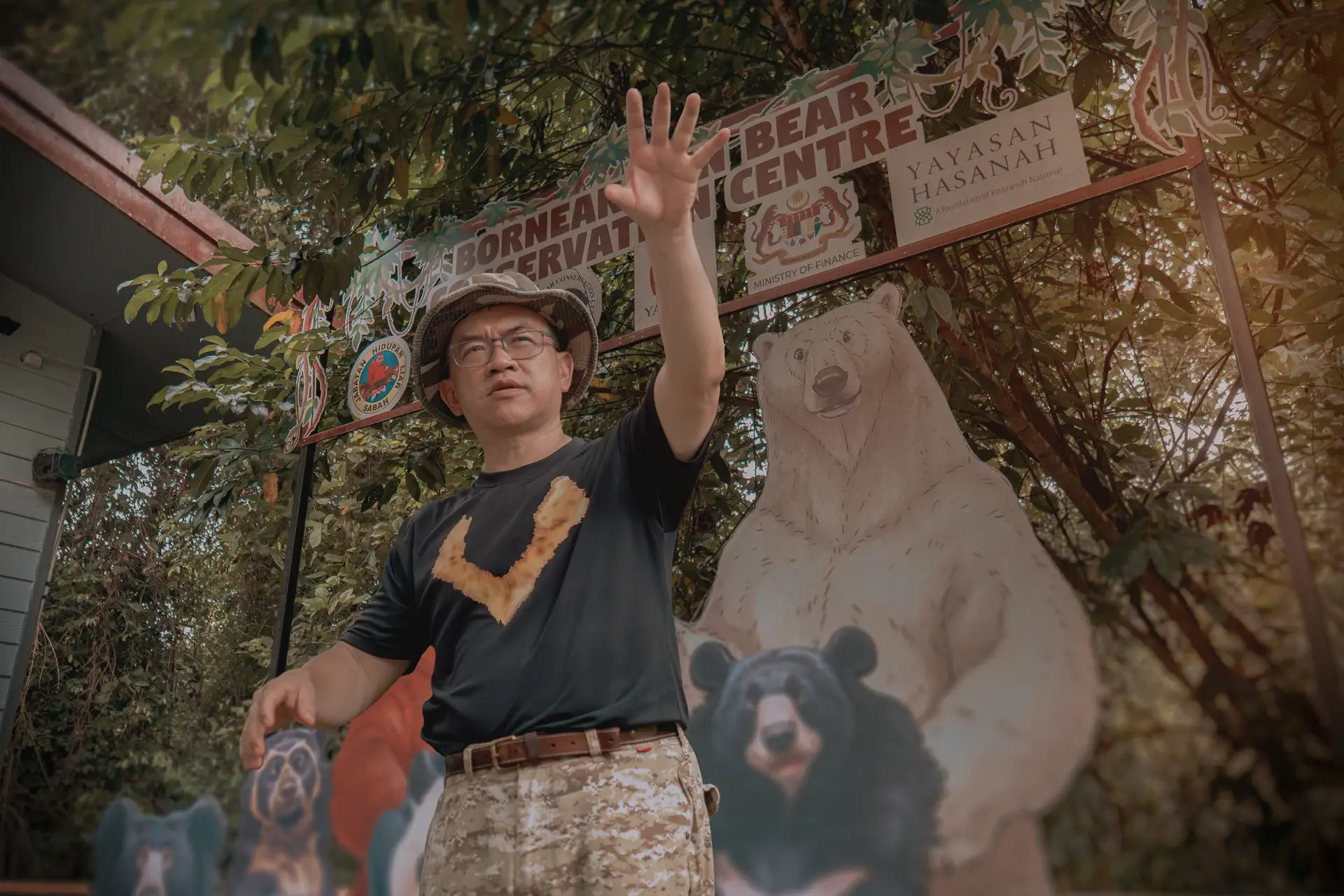
“They are large mammals with big brain capacity; they remember. Some of our bears develop various degrees of post-traumatic stress disorder. There is Fu Long who self-harms to get human attention, and Carla and Mani who pace in circles because they grew up in a small cage.”
Papa Bear, Dr. Wong Siew Te
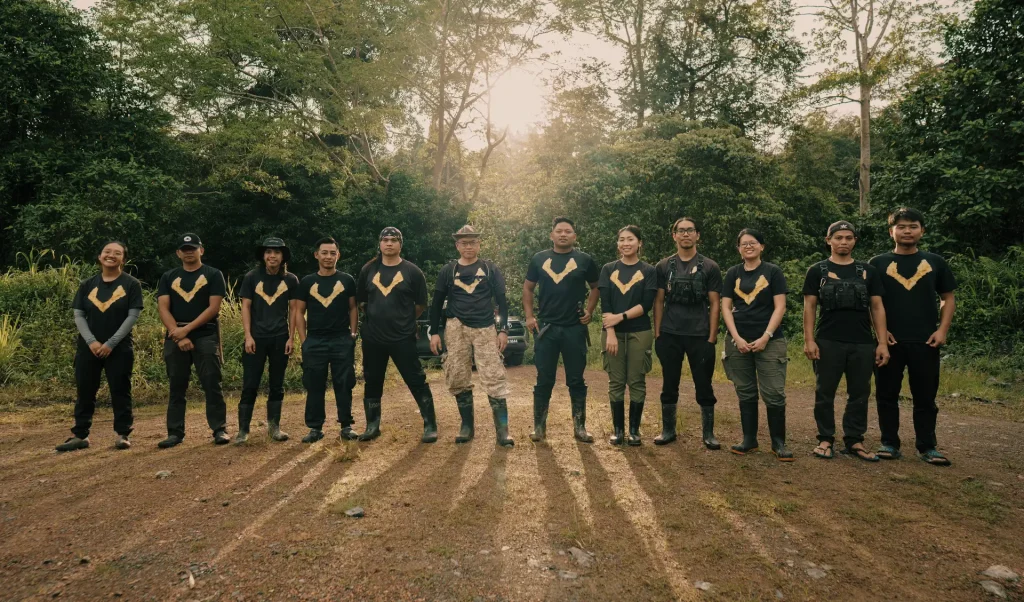
Bearing a Shared Commitment
Yayasan Hasanah (“Hasanah”) first supported BSBCC during the COVID-19 outbreak when lockdown caused a severe loss of revenue from visitors. The funds provided ensured the bears continued to be fed during those trying times. The work at this centre aligns with the Environment Impact Area’s objectives concerning biodiversity conservation.
“Native species like the sun bear are vital keystone species in Malaysia. However due to rampant deforestation, they are now classified as vulnerable. This hurts the chain of biodiversity, affecting the flora and fauna in Malaysia,” Hasanah Advocacy Manager, Yeoh Zhi Lin says.
Sun bears contribute to the forest ecosystem in many ways. Besides controlling pests such as termites, their love of fruit makes them excellent seed disperser, and their ultra-sharp claws inadvertently engineer new tree cavities creating homes for hornbills and flying squirrels.
Underscoring the value of partnerships, “Hasanah and Ministry of Finance (MOF) literally saved us during the pandemic. We managed to buy bear food, medication, pay the bear keepers, and pay for veterinary care and enrichment.” Dr. Wong recalls.
An enormous amount of manpower, effort and financial resources goes into running this centre that has grown from a 2-person team to one run by 40 full-time staff. More than 2,000 volunteers have come from across the world to help take care of cubs, clean cages and prepare food. BSBCC also collaborates with universities on research, another area of sun bear conservation that is severely lacking.
With funding from the MOF, Hasanah is currently supporting the welfare of 42 sun bears. This encompasses food, medical equipment and the release of sun bears into the wild.
An Ending, and a Beginning
An important component of the rehabilitation process includes walks in the forest. Here, the caretaker observes if a bear displays survival instincts and natural tendencies such as climbing trees or if it shies away from humans — all key characteristics of a good release candidate.
One such candidate is Itam, who, as of the day of writing this story, will be BSBCC’s 13th release.
The atmosphere is bittersweet as the team prepares for Itam’s release.
A satellite collar will monitor Itam’s whereabouts and also deliver information that could help future releases. Though the rainforest is their natural habitat, rewilded sun bears face unpredictable conditions — and not all survive.
Minutes before Itam takes her first steps into the wild, Dr. Wong kneels by the crate used to securely transport Itam to the release location, puts his hand on them and says, “I apologise because humans did a bad thing to your mother. Be happy and safe in the forest and meet other bears! Finally, I wish you never ever meet a human again.”
As the crate opens, so does the next chapter for Itam. What comes next is uncertain. But one thing is clear: the survival of the sun bear depends on the collective efforts of a nation. From policymakers who enforce protection, to researchers, rescuers, funders, and ordinary Malaysians who choose to care.
As we prepare to welcome the world for Visit Malaysia 2026, the sun bear stands not only as an icon of our natural heritage — but as a reminder of what we still have time to protect.
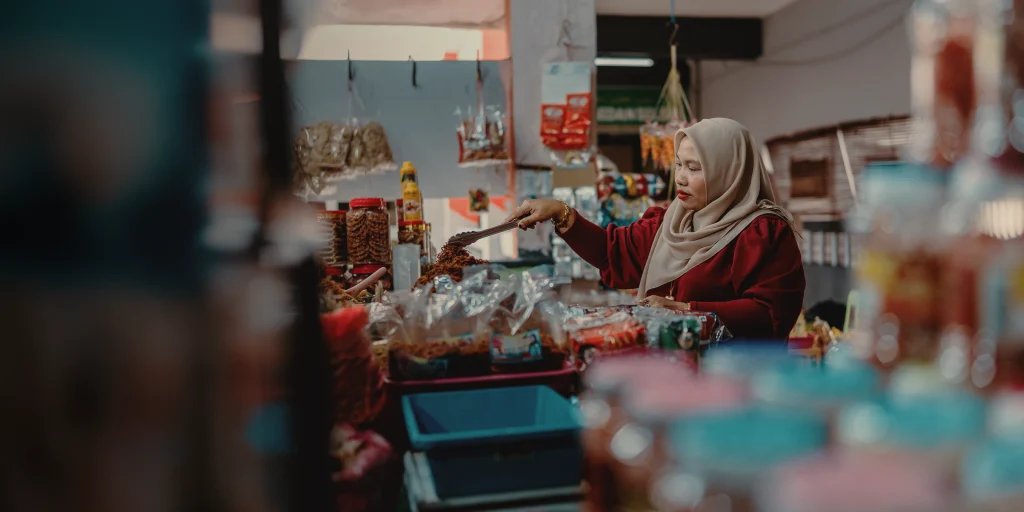
Breaking Tradition: Pasar Besar Siti Khadijah’s Digital Revolution
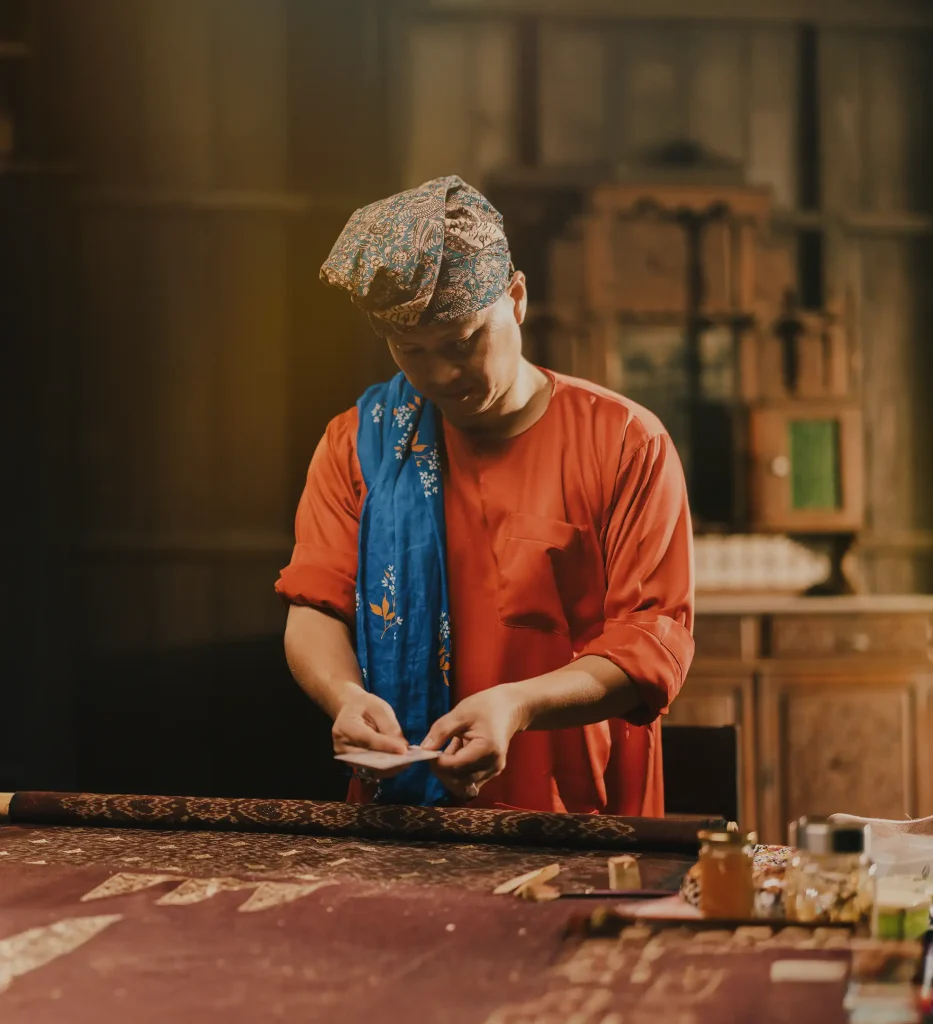
Weaving a Golden Legacy: The Revival of Telepuk in Terengganu
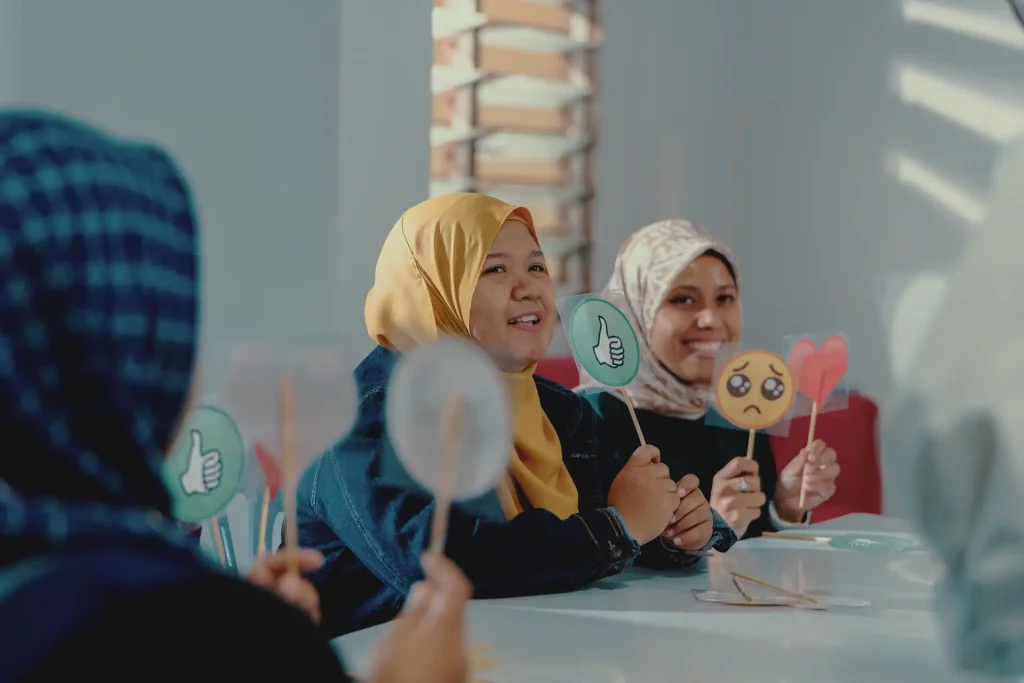
Mental Health Warriors of PPR Batu Muda
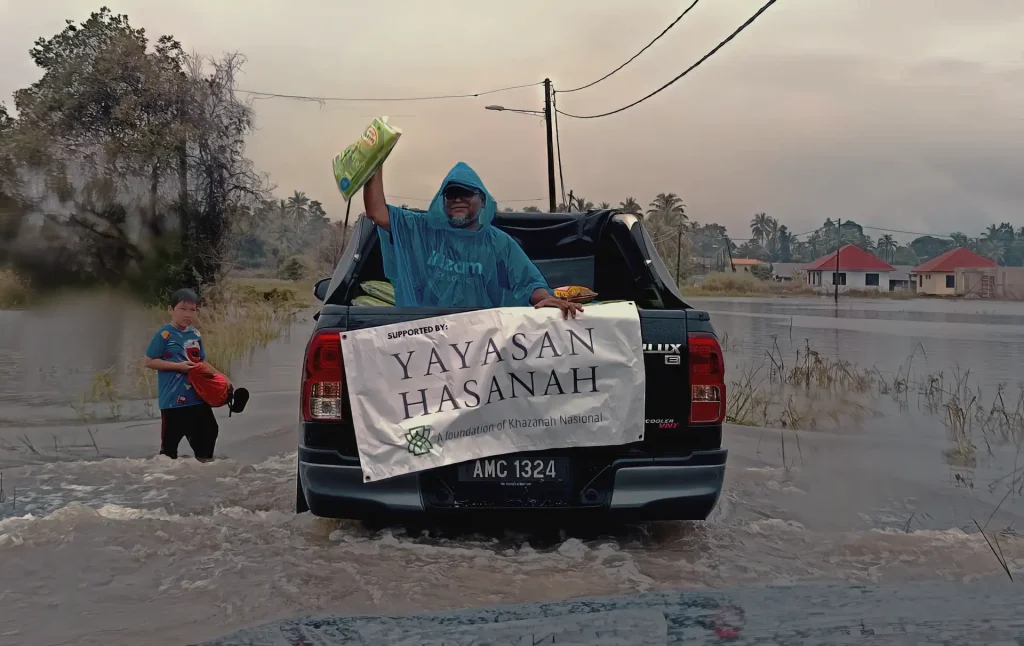
Everyday Heroes: The Malaysians Who Show Up in Times of Crisis
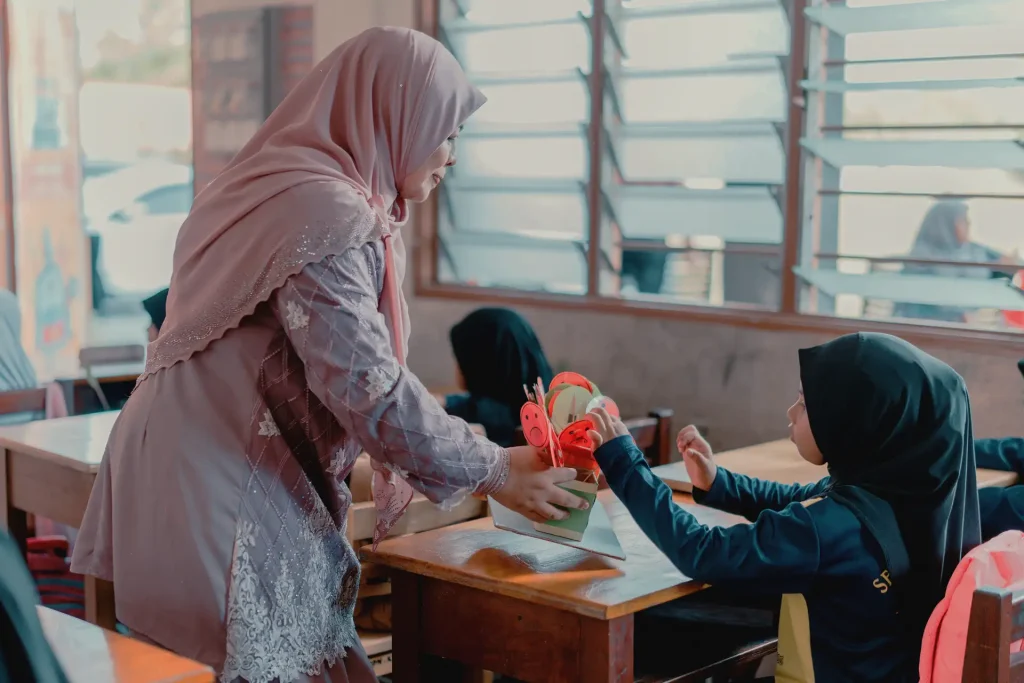
Breaking Taboos: Teachers Lead Kelantan’s Sexuality Education Revolution
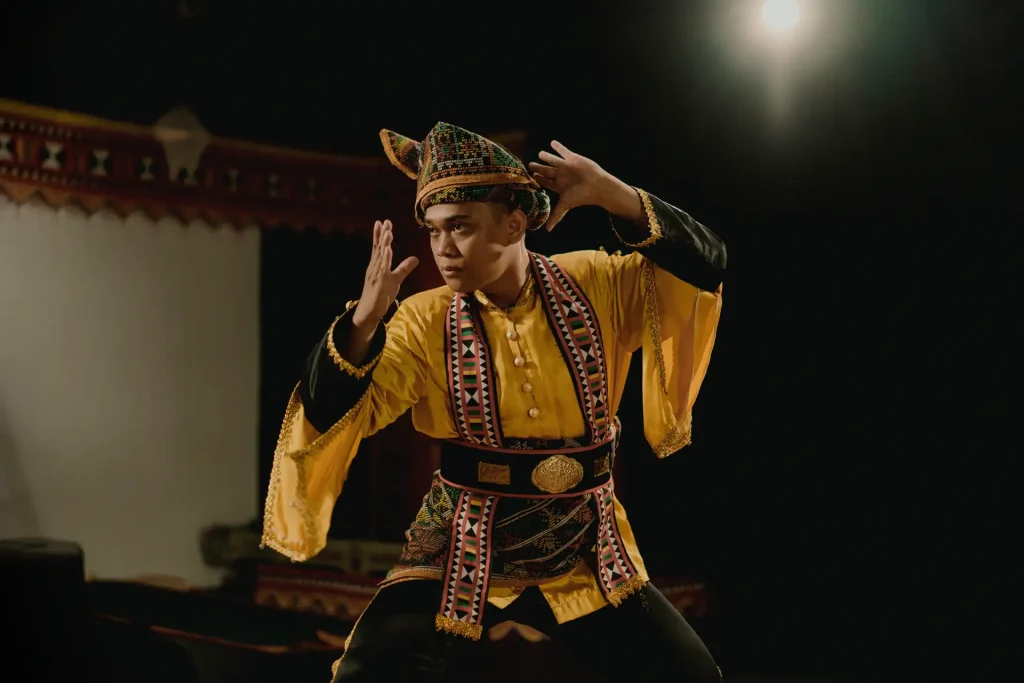
Keeping A Traditional Dance Alive: An Homage to Kuda Pacu
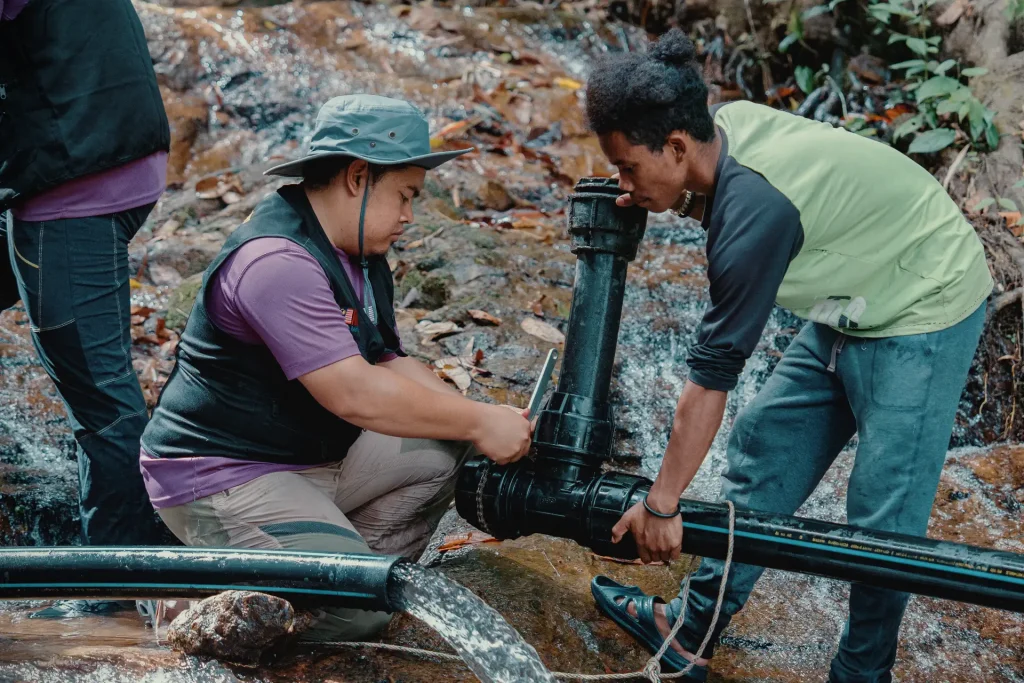
Darkness to Light: Water Access and Solar Power Transforms Perak’s Village

Abbernaa: From Classical Dance to Policy Research
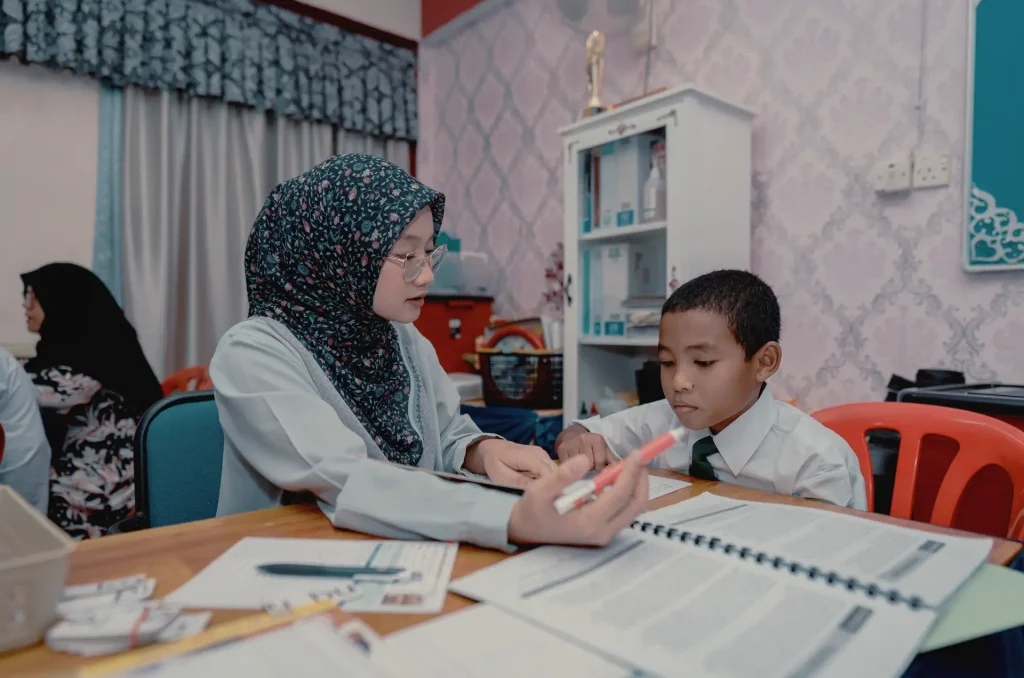
JomBaca: Driving Learning Recovery, Reigniting Dreams for Our Children

Teman: Fighting Loneliness in an Aging Malaysia
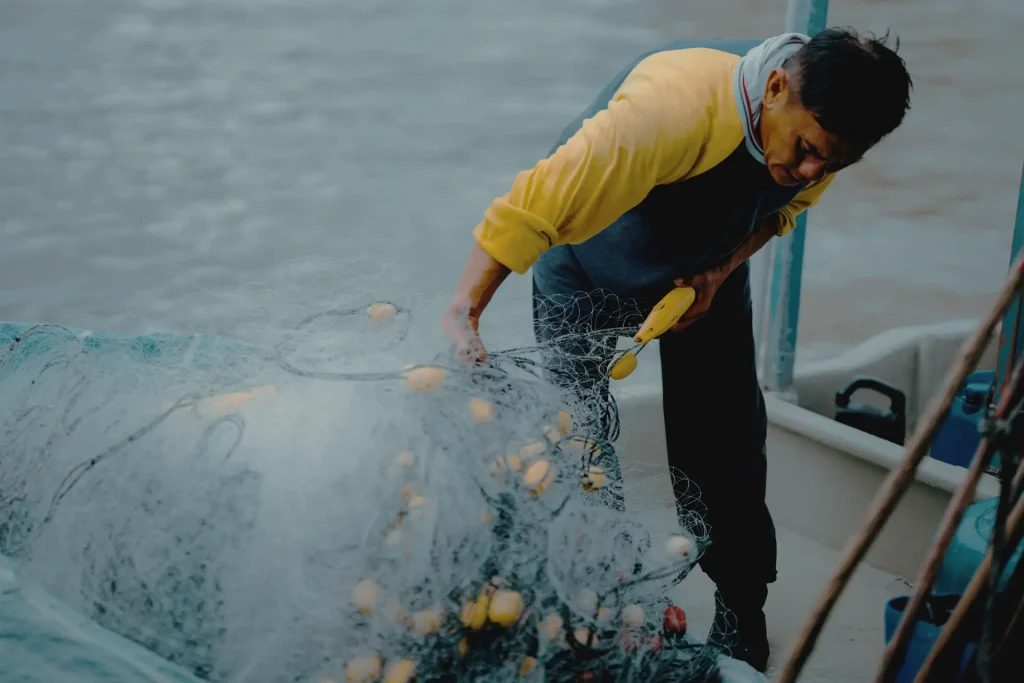
Net Positive: Fishers Protecting Marine Mammals
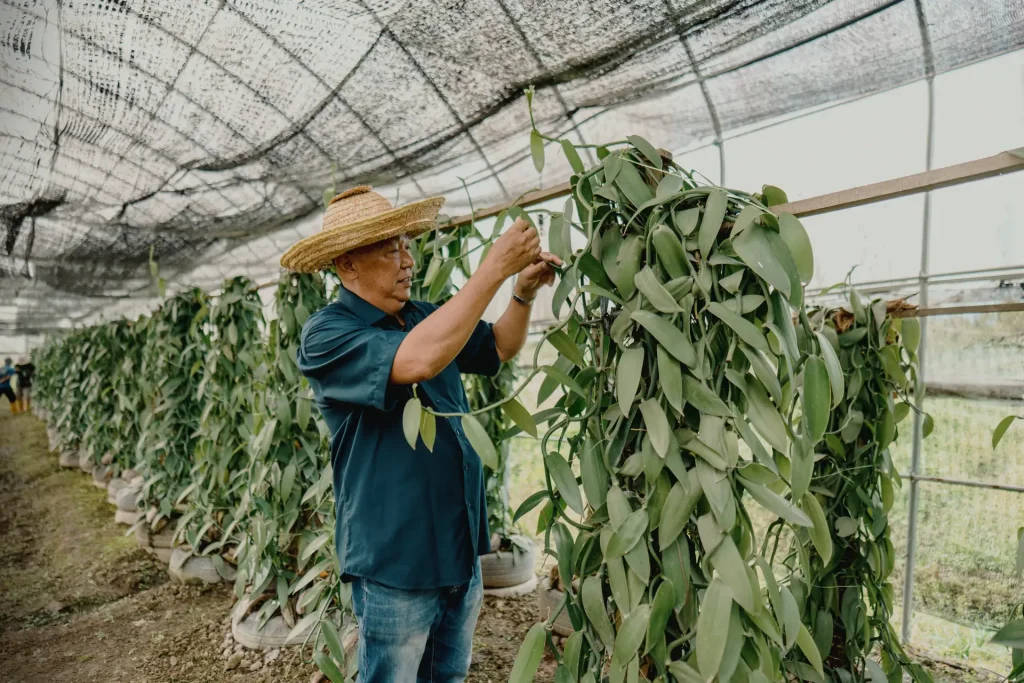
Vanilla Impact: Uncle Alfred’s Mission in Reviving Spice
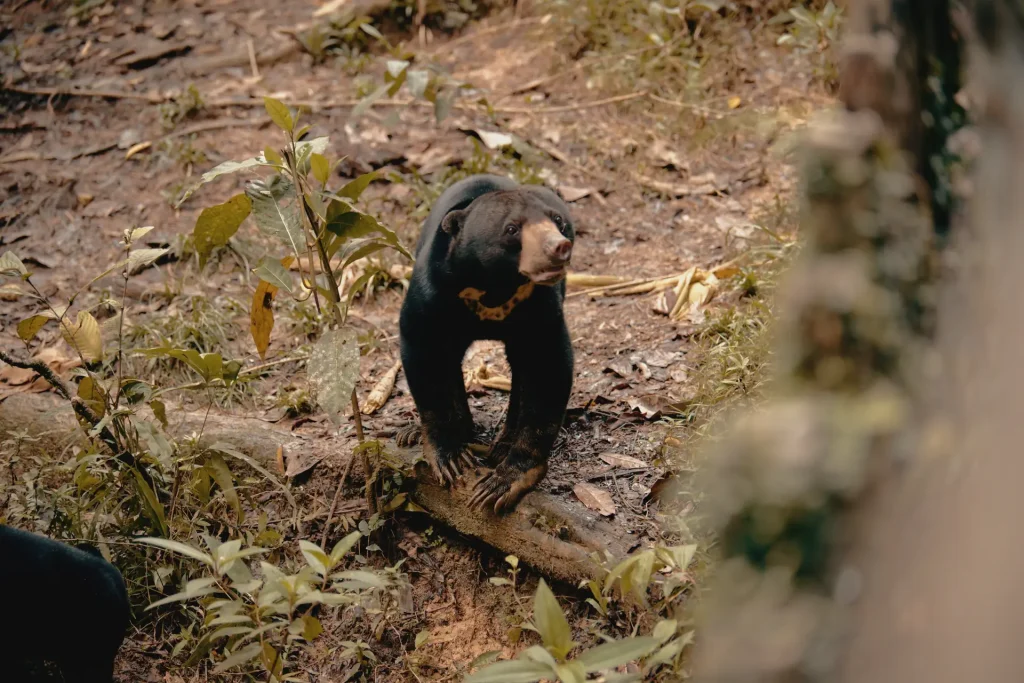
The Mission to Save our Bornean Sun Bear